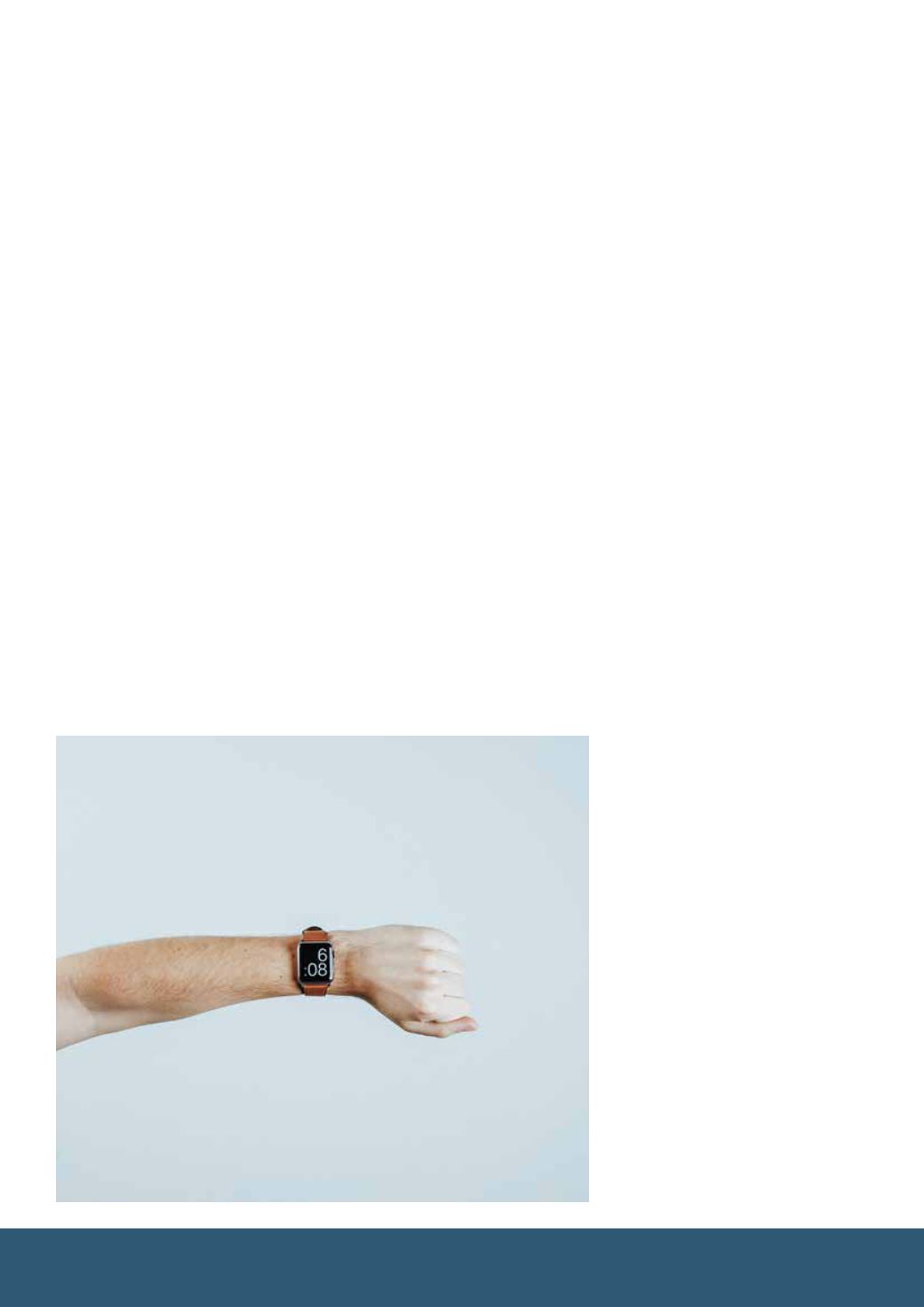
16
ISSUES: Privacy
Chapter 1: What is privacy?
Antonio Gramsci coined the term
“Fordism” for this social phenomenon.
It signalled fundamental changes to
labour, which became much more
intense after automation. Monitoring
workers’ private lives to control their
health, Gramsci argued, was necessary
to preserve “a certain psycho-physical
equilibrium which prevents the
physiological collapse of the worker,
exhausted by the new method of
production”.
Parallels today
Today, we are faced with another great
change to how work is done. To begin
with, the “great doubling” of the global
labour force has led to the increase
in competition between workers
around the world. This has resulted
in a deterioration of working and
employment conditions, the growth
of informal and precarious labour, and
the intensification of exploitation in the
West.
So there has been a significant increase
in the average number of hours worked
and an increase in the intensity of
labour. For example, research carried
out by the Trade Union Congress in
2015 discovered that the number of
people working more than 48 hours
in a week in the UK was rising and it
warned of a risk of “burnout Britain”.
Indeed, employee burnouts have
become a major concern of employers.
A UK survey of human resources
directors carried out in 2015 established
that 80% were afraid of losing top
employees to burnout.
Ford’s sociology department was shut
down in the early 1920s for two reasons.
It became too costly to maintain it in
the context of increasing competition
from other car manufacturers. And
also because of growing employee
resistance to home visits by inspectors,
increasingly seen as too intrusive into
their private lives.
Wearable technology, however, does
not suffer from these inconveniences.
It is not costly and it is much less
obviously intrusive than surprise
home visits by company inspectors.
Employee resistance appears to be low,
though there have been a few attempts
to fake the results of the tracking (for
example, workers strapping their
employer-provided Fitbits onto their
dogs to boost their ‘activity levels’). The
idea of being tracked has mostly gone
unchallenged.
Labour commodified to the
extreme
But the use of wearable technology
by employers raises a range of
concerns. The most obvious is the
right to privacy. The use of wearable
technology goes significantly further
than computer systems where emails
are already logged and accessible to
employers.
Surveillance becomes continuous
and all-encompassing, increasingly
unconfined to the workplace, and
also constitutes a form of surveillance
which penetrates the human body.
The right to equal employment
opportunities and promotion may
also be compromised if employers
reserve promotion for those who are
in a better physical shape or suffer less
from fatigue or stress.
It may also be argued that the use of
wearable technology takes what the
Hungarian historian Karl Polanyi called
the “commodification” of human labour
toanextreme.Monitoringworkerhealth
both inside and outside the workplace
involves the treatment of people as
machines whose performance is to
be maximised at all costs. However,
as Polanyi warned, human labour is
a “fictitious commodity” – it is not
“produced” for sale to capital as a mere
tool. To treat it as such risks ultimately
leading to a “demolition of society”.
To protect individual rights, systems
have been introduced to regulate how
data that is gathered on employees
is stored and used. So one possible
solution is to render the data collected
by trackers compulsorily anonymous.
For example, one company that
collects and monitors employee data
for companies, Sociometric Solutions,
only charts broader patterns and
connections to productivity, rather
than individual performance.
This, however, does not address
concerns
about
the
increasing
commodification of human labour
that comes with the use of wearable
technology and any potential threats
to society. To prevent this, it is perhaps
necessary to consider imposing an
outright ban on its use by employers
altogether.
3 January 2016
Ö
Ö
The above information is reprinted
with kind permission from
The
Conversation
. Please visit www.
theconversation.com for further
information.
© 2010–2017,
The Conversation Trust (UK)


